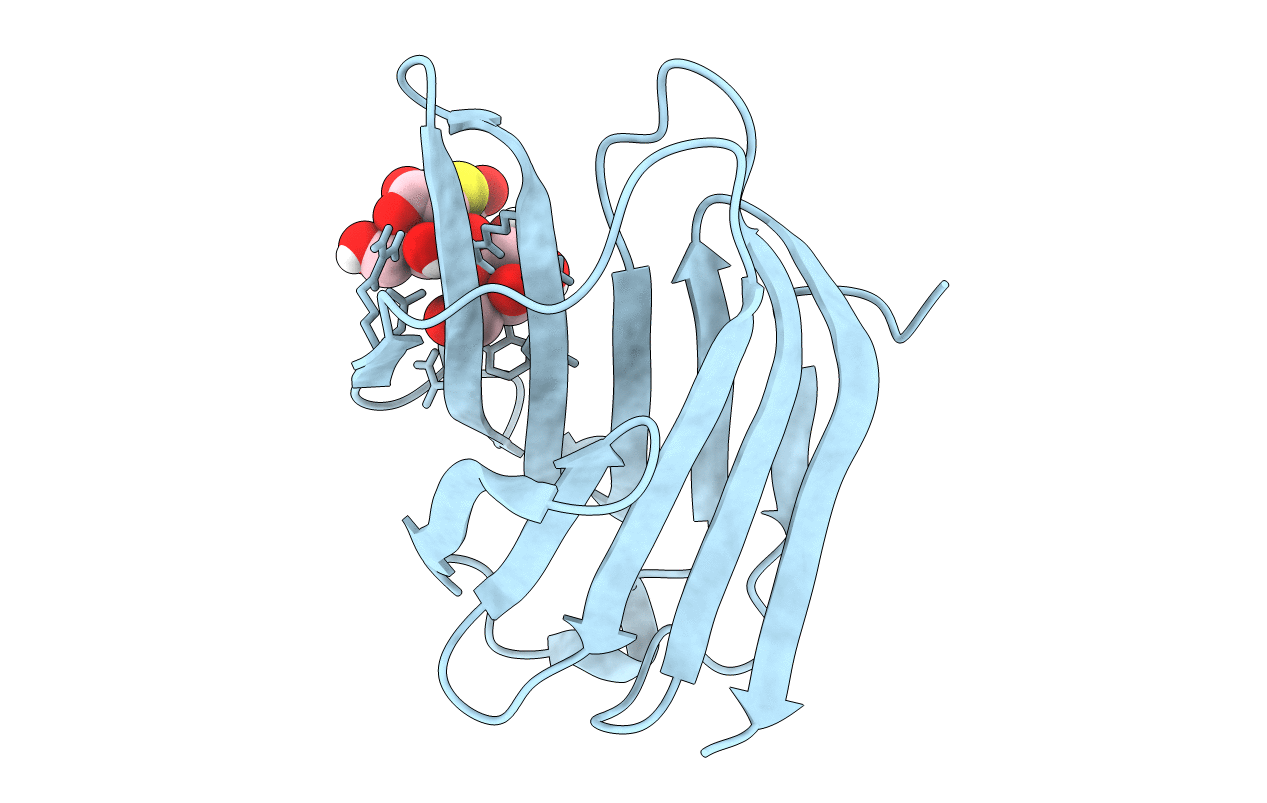
Deposition Date
2018-03-19
Release Date
2018-08-22
Last Version Date
2024-05-08
Entry Detail
PDB ID:
6G0V
Keywords:
Title:
Human Galectin-3 in complex with a TF tumor-associated antigen mimetic
Biological Source:
Source Organism:
Homo sapiens (Taxon ID: 9606)
Host Organism:
Method Details:
Experimental Method:
Resolution:
1.09 Å
R-Value Free:
0.17
R-Value Work:
0.15
R-Value Observed:
0.15
Space Group:
P 21 21 21


